A new teleoperated robot makes it possible to perform endoscopes remotely, making the procedure available in underserviced regions.
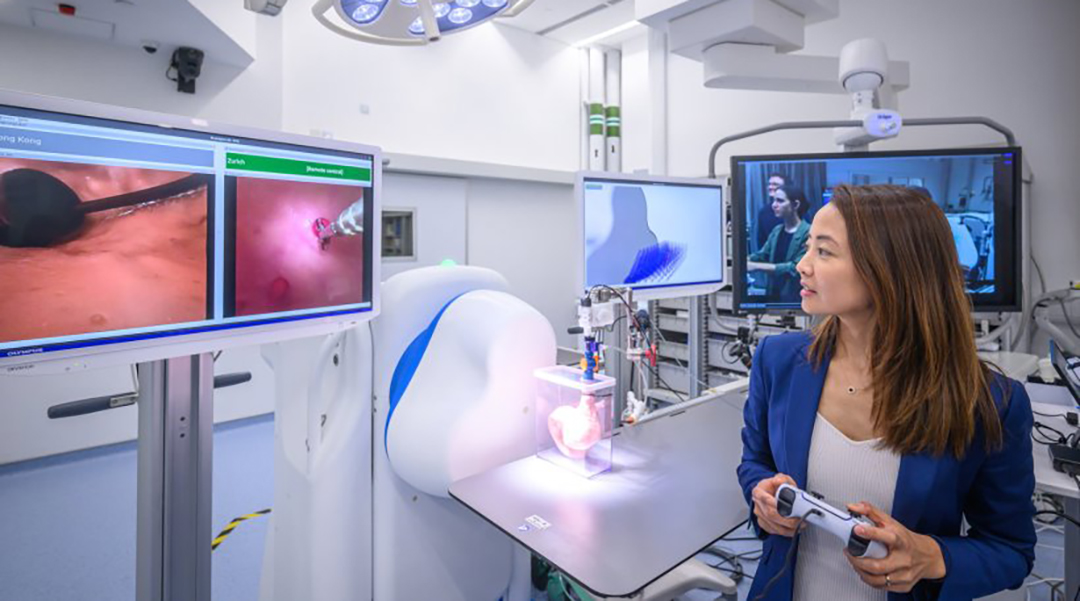

A new teleoperated robot makes it possible to perform endoscopes remotely, making the procedure available in underserviced regions.
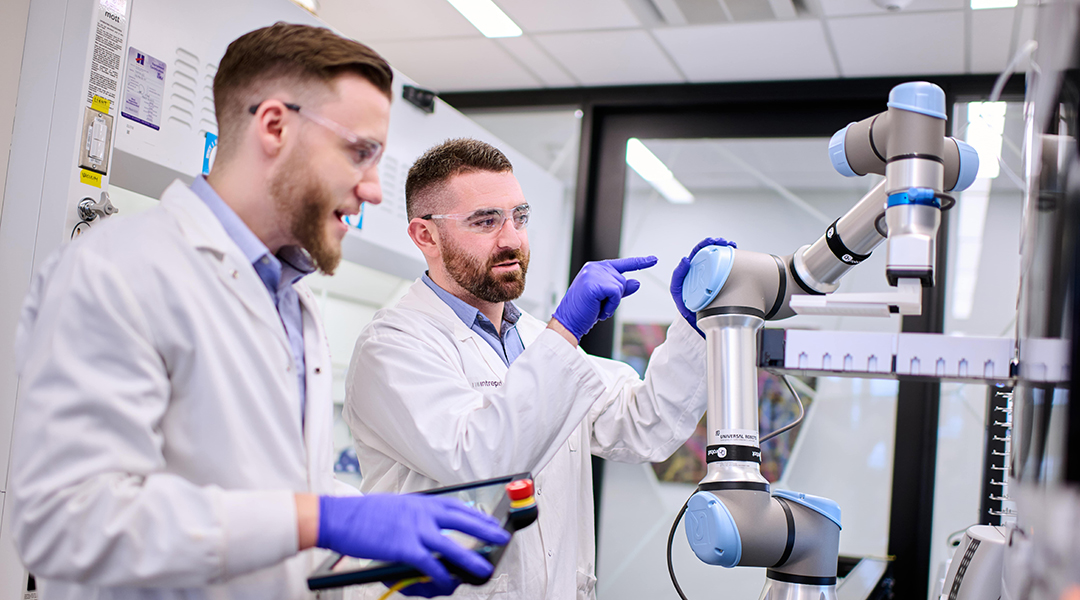
Scientists are speeding up drug formulation to breath new life into old medications and reduce risk of clinical trial failure.

Participants with lie-detecting AI were more likely to trust it, more readily agreeing when it falsely labeled something a lie.
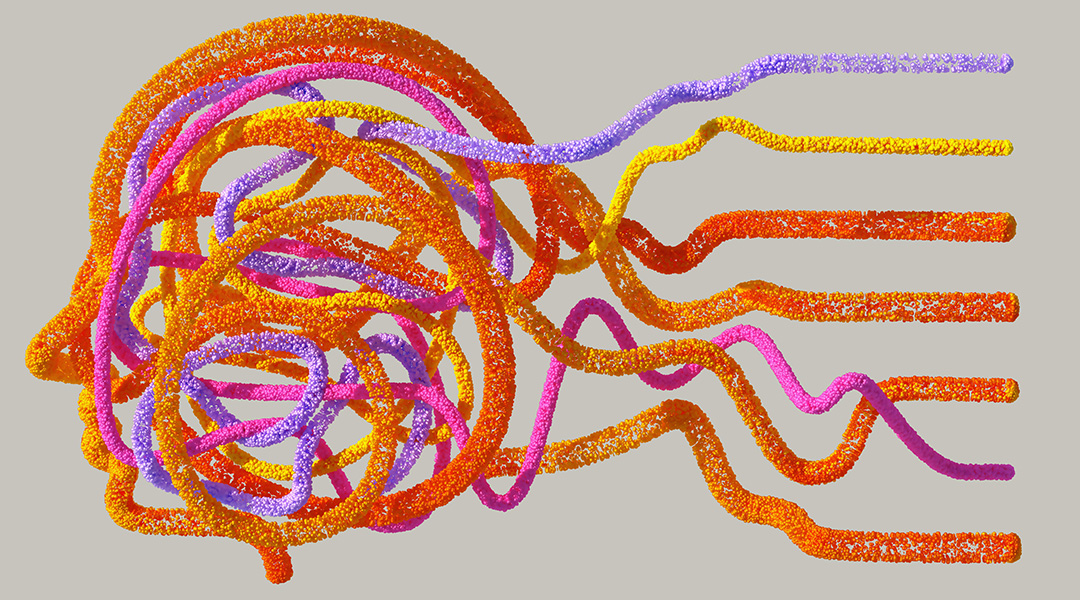
Preventing sudden and unexpected death hinges on accurately predicting the onset of epileptic seizures, even those with the rarest occurrences.
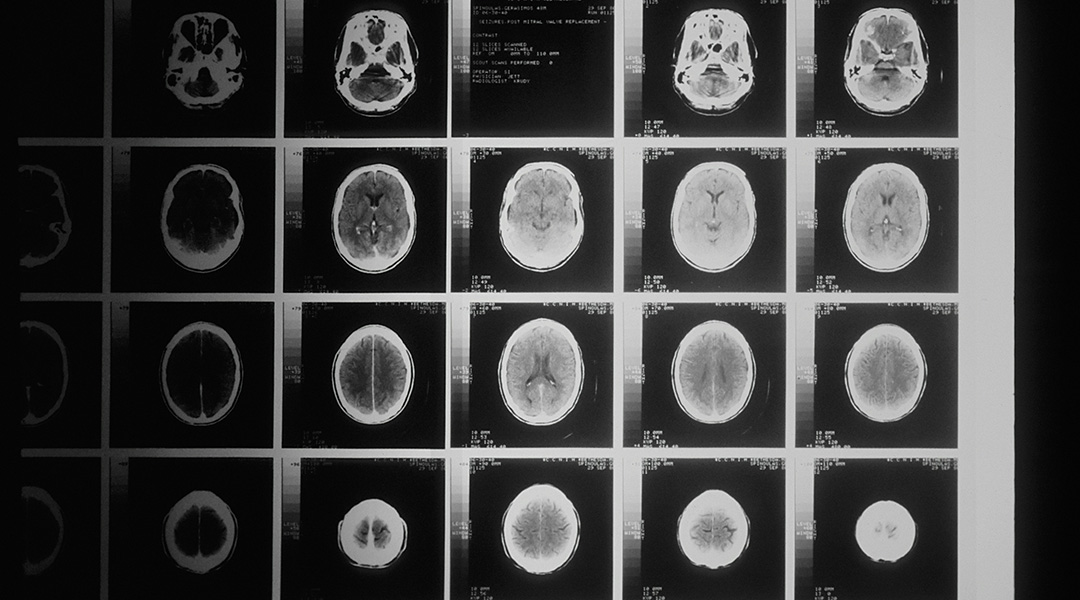
A neural network was able to evaluate connections between brain structure and clinical data to predict psychiatric disorders in youth.

This robotic feeding system trained with machine learning will transform lives, giving independence to those with severe mobility issues.

With its unique carbon fiber skeleton, this jumping robot closely mimics the energy-storing tissue found in insects.

A haptic sleeve combines a new kind of on-demand information with soft textiles, taking haptic technology to new levels.
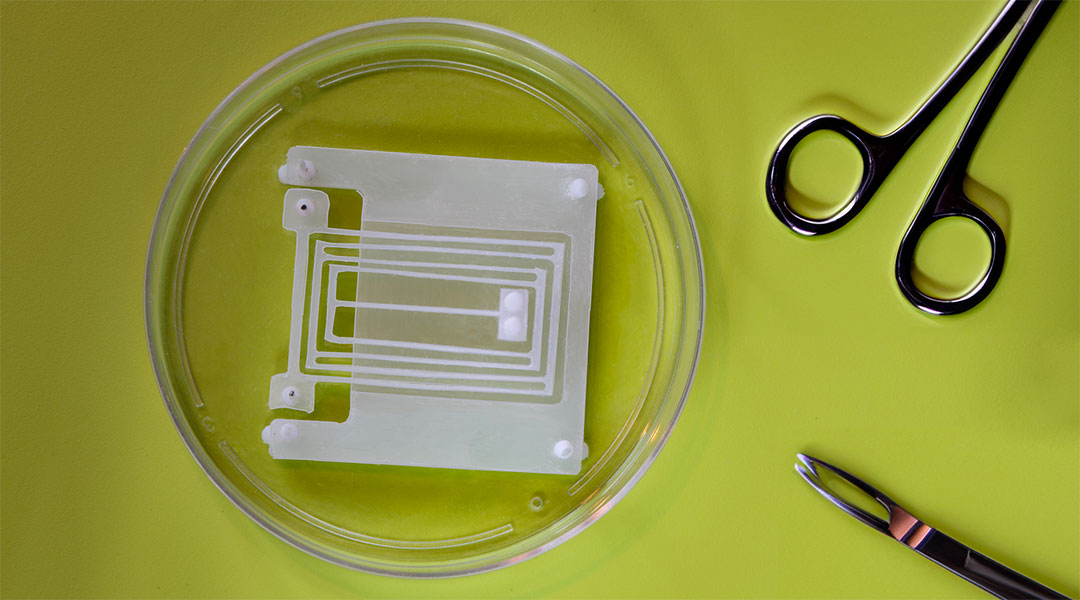
These biohybrid machines combine robotics with living tissues to create flexible robots powered by biology.

People recognize their own biases in algorithms’ decisions more than they do in their own—even when those decisions are the same.